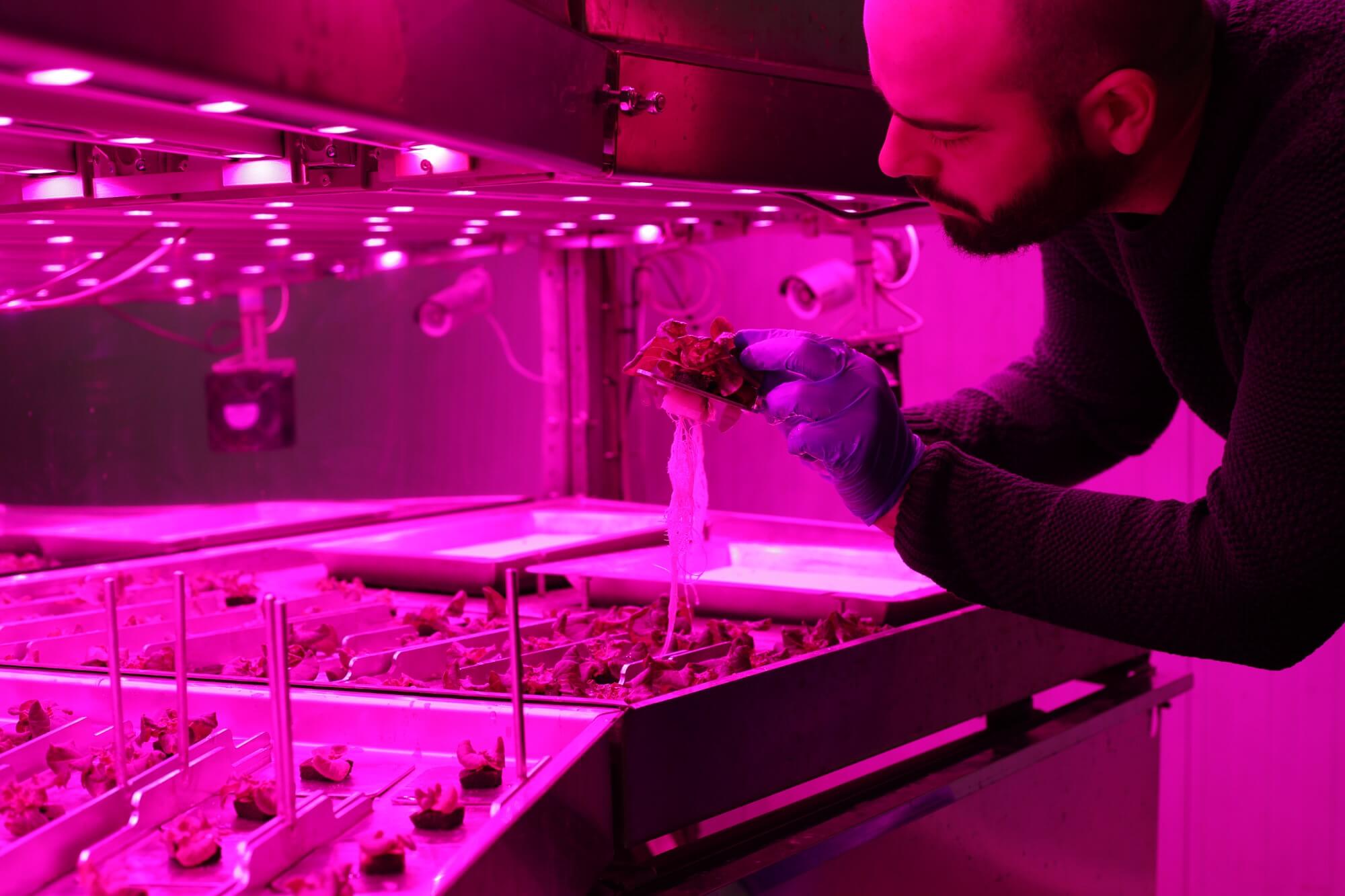What is hydroponic cultivation?
29 March 2021
Hydroponic cultivation is a branch of agriculture that is booming due to its ease of producing 100% natural (in many cases it is difficult for people to see it as something natural) and sustainable food. If you still do not know what this method consists of, from Agromediterránea blog we tell you the most important keys to one of the agricultural innovations of the 21st century.
A first approach to hydroponic cultivation
With hydroponic cultivation, produce is grown without soil, as the plants grow without needing to be in the soil, simply using water and minerals. This is because the roots of a plant absorb nutrients through inorganic ions and not through the soil, which only acts as a reservoir medium.
An innovative system that is a common practice in favourable countries for different crops such as lettuce, tomato, celery or cucumber.
Advantages and disadvantages
The main advantage is that it does not need the soil to grow the plants, expanding the possibilities to obtain fruits and vegetables, but there are many more.
- Space saving: This system allows vertical cultivation, as it does not depend on the soil for its growth, the plants can grow at different heights.
- Water saving: It uses about 10% of the amount of water that you would need in the soil, because the water is recirculated.
- Speed: Plants tend to grow at a faster rate due to the absence of weeds or the presence of pests, saving on the use of insecticides and herbicides.
But there are also the following disadvantages that must be considered:
- More time consuming: Without a thorough care the plants will die more easily. The soil tends to balance and regulate itself so that this does not happen, but in hydroponics this is not possible.
- More knowledge: Being an innovative growing method it requires a higher knowledge and a higher learning curve than usual. Installation of equipment, care, water control, electricity, containers, timer… many fields that before Mother Nature took care of balancing and that have to be taken care of manually.
But these disadvantages should not be a problem when with this type of cultivation we obtain a superior guarantee: energy saving and the reencounter with nature and the most primitive agriculture, that one that looked for the healthiest possible food in the roots. Innovation at the service of agriculture.




